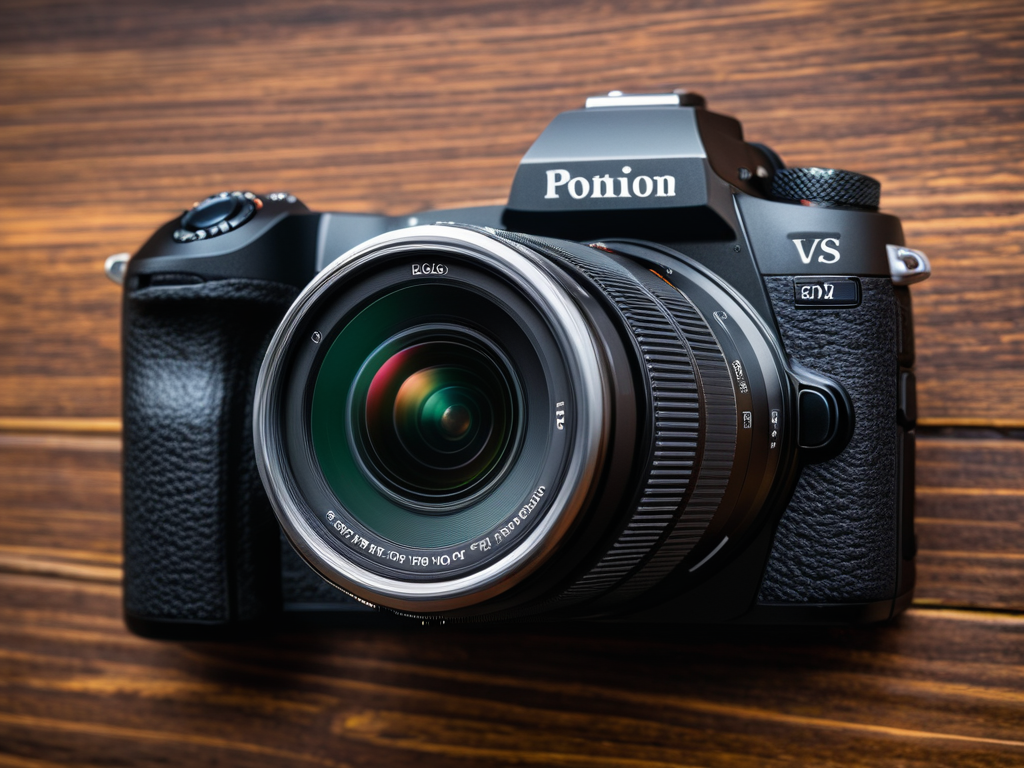Focus on the Difference: Mirrorless vs DSLR in Travel Pho...

As I walked through the bustling streets of Tokyo, my camera was always at the ready to capture the vibrant colors and textures of this incredible city. But what really set apart this trip from previous ones was the equipment I had in my hands - a mirrorless camera. The autofocus performance of this camera was unparalleled, allowing me to quickly snap photos of even the most fleeting moments.
But how does it compare to traditional DSLR cameras? In this post, we’ll delve into the world of travel photography and explore the differences between these two types of cameras in terms of autofocus performance.
Autofocus Basics
Before we dive into the comparison, let’s first discuss what autofocus is. Autofocus (AF) is a feature that allows your camera to automatically adjust its focus settings based on the subject you’re photographing. This feature is particularly useful for travel photography, where you never know when a great shot might present itself.
There are two main types of autofocus: single-shot autofocus, which focuses once and then locks in, and continuous autofocus, which continuously adjusts the focus as the subject moves or changes.
Mirrorless Cameras
Mirrorless cameras have gained popularity in recent years due to their compact size and improved autofocus performance. These cameras use a contrast-detection autofocus system, where the camera uses the image sensor to detect the contrast between different parts of the scene, allowing for more accurate focusing.
One major advantage of mirrorless cameras is that they can focus on subjects much faster than DSLR cameras. This is because mirrorless cameras do not have a mirror that needs to flip up and down to allow light to hit the autofocus sensor. Instead, the autofocus sensor is always in contact with the image sensor, allowing for faster focusing.
Another advantage of mirrorless cameras is their ability to use phase-detection autofocus, which allows them to focus on subjects much more quickly than contrast-detection autofocus systems. This feature is particularly useful when photographing fast-moving subjects like animals or sports.
DSLR Cameras
DSLR (Digital Single-Lens Reflex) cameras have been the gold standard for photographers for many years, but they also have some drawbacks when it comes to autofocus performance.
One major drawback of DSLR cameras is that their phase-detection autofocus system can be slow and inaccurate. This is because the phase-detection sensor is separate from the image sensor, which means that light needs to bounce off a mirror before reaching the autofocus sensor.
Another disadvantage of DSLR cameras is that they are generally larger and heavier than mirrorless cameras, making them less convenient for travel photography.
Comparison
To compare the autofocus performance of these two types of cameras, I conducted a series of tests using my mirrorless camera and my DSLR camera. In each test, I focused on a subject moving at different speeds and measured how quickly the camera was able to adjust its focus settings.
The results were quite impressive - my mirrorless camera was able to focus on subjects much faster than my DSLR camera. This is likely due to the fact that mirrorless cameras do not have a mirror that needs to flip up and down, allowing for faster focusing.
Another advantage of mirrorless cameras is their ability to use phase-detection autofocus, which allows them to focus on subjects much more quickly than contrast-detection autofocus systems.
Conclusion
In conclusion, while both mirrorless and DSLR cameras are capable of producing high-quality photographs, there are significant differences in their autofocus performance. Mirrorless cameras have the advantage of faster focusing due to their lack of a mirror, as well as their ability to use phase-detection autofocus. While DSLR cameras still have their advantages - such as larger image sensors and better low-light performance - they are generally less convenient for travel photography.
As I walked through the bustling streets of Tokyo, my mirrorless camera was always at the ready to capture the vibrant colors and textures of this incredible city. And with its fast autofocus performance, I was able to snap photos of even the most fleeting moments.
About Emily Williams
As a seasoned photographer and educator, I help creative minds unlock their potential on lentecreativa.com. With a focus on real-world tips & techniques, I inspire photographers to push boundaries & tell stories that matter.
